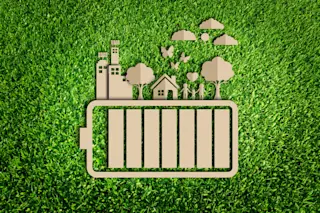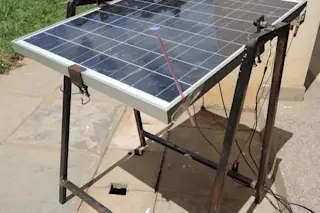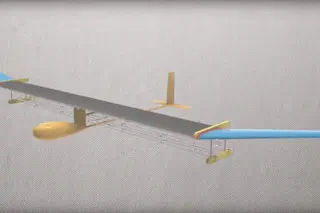Despite increasing worry about what our energy consumption is doing to the planet, we’re also increasingly tied to power-hungry electronic devices. To keep reliable, renewable energy flowing, some suggest
, we must give the power grid a makeover. And one method that could change it is a breath of fresh air. Danielle Fong and her company, LightSail Energy
, want to store renewable energy in tanks of compressed air. Because wind and solar can be unpredictable energy sources, the ability to save any surplus for a windless or cloudy day makes them more reliable. Caleb Garling has written about Fong's unusual method of storing power
for Wired’s World’s Most Wired feature.
In a way, Fong is going back to the future. Compressed air tanks have been used to store energy as far back as the late 19th century. They were installed in cities across the globe, from Paris to Birmingham, ...













